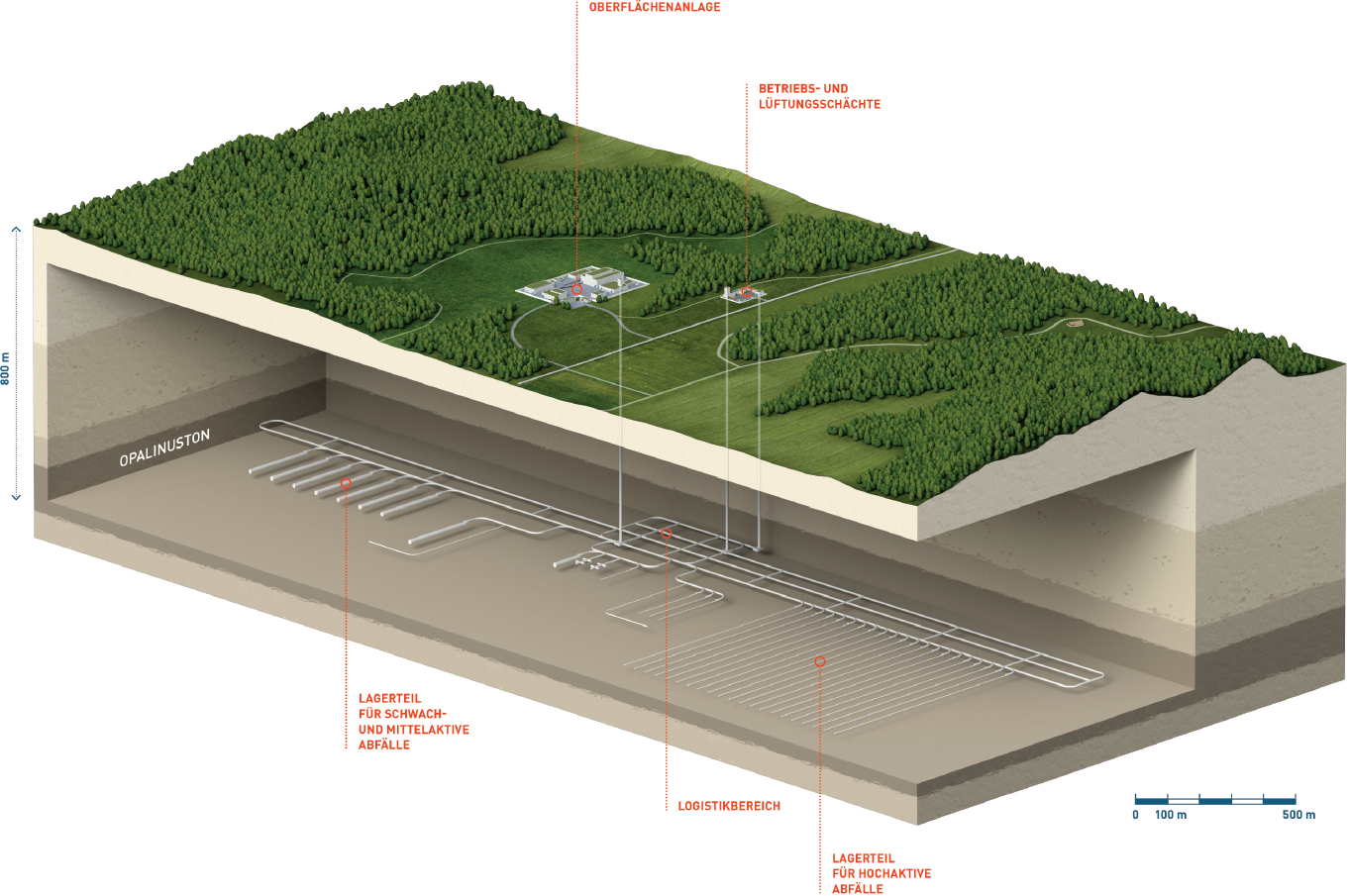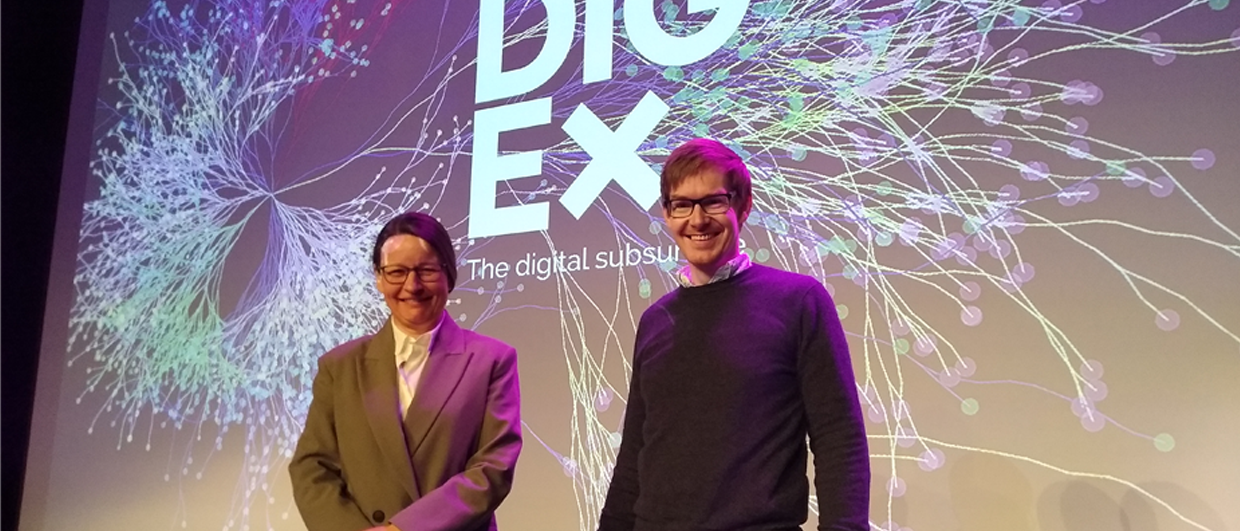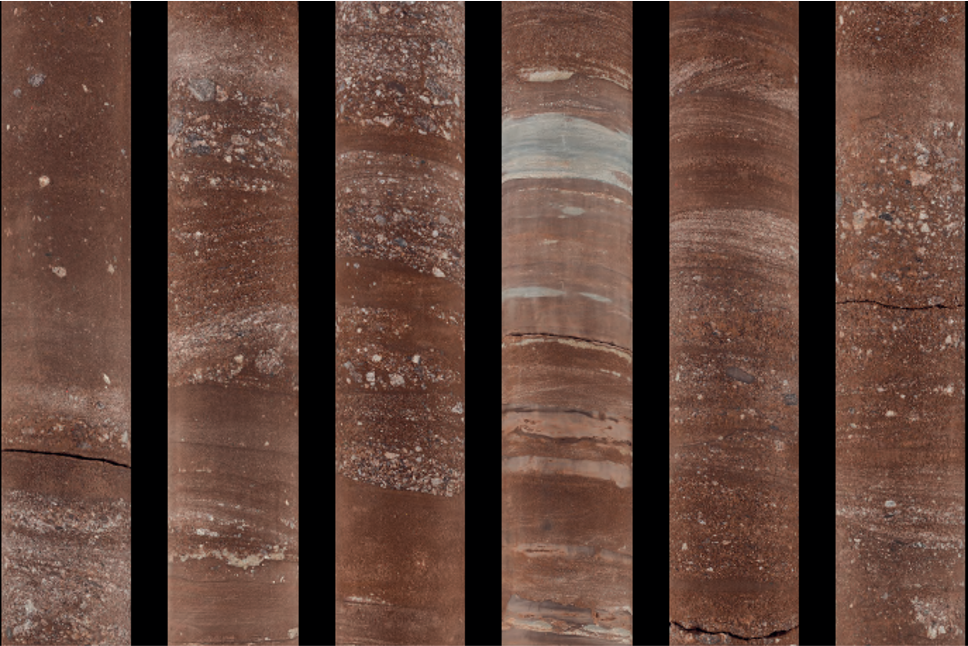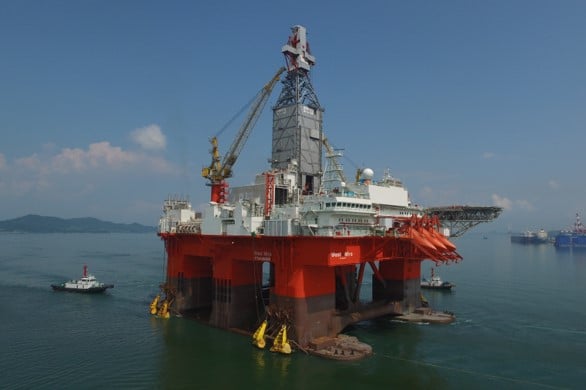A conference about digitalisation and subsurface data in Norway – it is a platform where one would mainly expect people from energy companies and the related service sector. But the theme of last week’s DIGEX conference also reached beyond the “usual suspects”.
During the evening drinks, I met geologists Irina Gaus and Michael Köbberich from Nagra, the Cooperative that is currently working on plans to construct a geological disposal site for nuclear waste in Switzerland.
In recent years, Nagra has collected a vast amount of geological data, mainly from an area in the north of the country where conditions for building a site looked promising. Several boreholes were drilled and completely cored to gain a comprehensive understanding of the Middle Jurassic Opalinus Clay and its over- and underburden. In addition, a 3D seismic survey was acquired to better map the subsurface.
The Opalinus Clay is the main candidate for construction of the facility, thanks to its favourable thickness and fine-grained lithology. Following the analysis of the data acquired, Nagra has recently selected a smaller sub-area that will now be subjected to an even more detailed subsurface study.

“As we have narrowed down on a site for further study, the next step in our project is to build a detailed subsurface model of the area. We are at this conference to hear what the current state of knowledge and development in the field of subsurface modelling and digitalisation is”, said Irina.
A new department
The timing of attending the conference is good, as Irina will be heading a new department within the Nagra organisation called Optimisation from the 1st of April onward. “This is our first week as a new department within Nagra, and it is the members of this group who will be involved in the next step of the project, to bring all the data together”, adds Irina.
Michael will be part of Irina’s team. Having worked as a BIM manager at Nagra before, he brings the right skills to the team. BIM stands for Building Information Modelling, which is a method used in engineering that involves the digital representation of complex construction projects. “Having been exposed to the engineering side of things, we now want to ensure that our building and subsurface models are even better coordinated in the future”, adds Michael.
“We have gained a good understanding of what is happening in the digital subsurface community”, concludes Irina during one of the coffee breaks, and “we surely take a lot of new insights and new connections home to Switzerland.”



